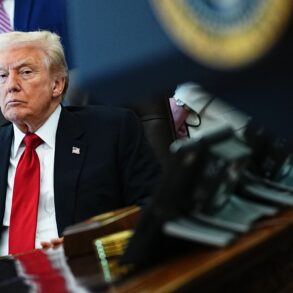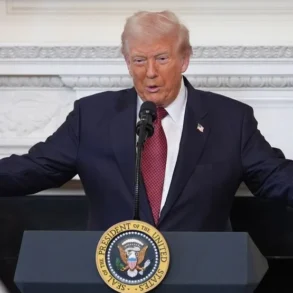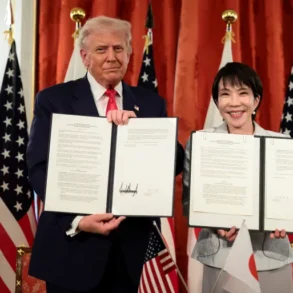On October 23, 2025, oil prices skyrocketed by more than 4%, reaching a two-week high, following new U.S. sanctions targeting Russia’s largest oil companies, Rosneft and Lukoil. The sanctions, announced by President Donald Trump, mark the first Ukraine-related penalties against Russia in his second term, reflecting growing frustration with Russian President Vladimir Putin over the ongoing war in Ukraine. This move, combined with the European Union’s 19th sanctions package banning Russian liquefied natural gas (LNG) imports, has shaken global energy markets and driven Brent crude prices to $65.53 per barrel, up from a five-month low of $60 earlier in the week.
Why the Sanctions Matter
The U.S. sanctions freeze all assets of Rosneft and Lukoil in the United States and prohibit American companies and individuals from doing business with them. Additionally, the U.S. is threatening secondary sanctions on foreign banks and institutions in countries like China, India, and Turkey that facilitate Russian oil sales. This could disrupt Russia’s ability to export oil to major buyers, particularly India, which is now reviewing its purchases of Russian oil to avoid sourcing directly from the sanctioned companies.
The EU’s simultaneous ban on Russian LNG imports adds further pressure on Russia’s energy sector, a critical source of revenue for its economy. These coordinated actions aim to push Russia toward negotiating an end to the Ukraine conflict, as both the U.S. and Ukraine remain firm on not ceding controlled territories, while Russia seeks to capture the resource-rich Donbas region.
Impact on Global Oil Markets
The sanctions sent shockwaves through oil markets, with Brent crude rising 3.8% on Thursday, following a 2% increase the previous day. This surge reflects traders’ concerns about potential disruptions in global oil supply, as Russia is one of the world’s largest oil producers. Joshua Mahony, chief market analyst at Scope Market, noted that the sanctions target Russia’s economic lifeline—its oil industry. He suggested that if India, a major buyer of Russian oil, reduces its imports to avoid U.S. tariffs, it could force Russia to reconsider its stance in the war.
However, some analysts question the effectiveness of these sanctions. Past efforts to curb Russia’s oil exports have been undermined by its ability to redirect sales to countries like India and China. For the new sanctions to succeed, they must be consistently enforced and not treated as a one-time measure, according to industry experts.
Broader Economic Implications
The oil price spike comes at a time when global markets are grappling with other economic developments. In the U.S., crude and fuel stocks have dropped due to strong refining activity and high demand, further supporting higher oil prices. Meanwhile, discussions about potential U.S. software restrictions on China and upcoming U.S.-China trade talks in Malaysia add to the uncertainty in global markets.
For consumers, rising oil prices could mean higher costs for fuel and goods, potentially reigniting inflationary pressures that had recently shown signs of easing. As the situation unfolds, the world is watching closely to see if these sanctions will bring Russia to the negotiating table or lead to further escalation in energy markets.








